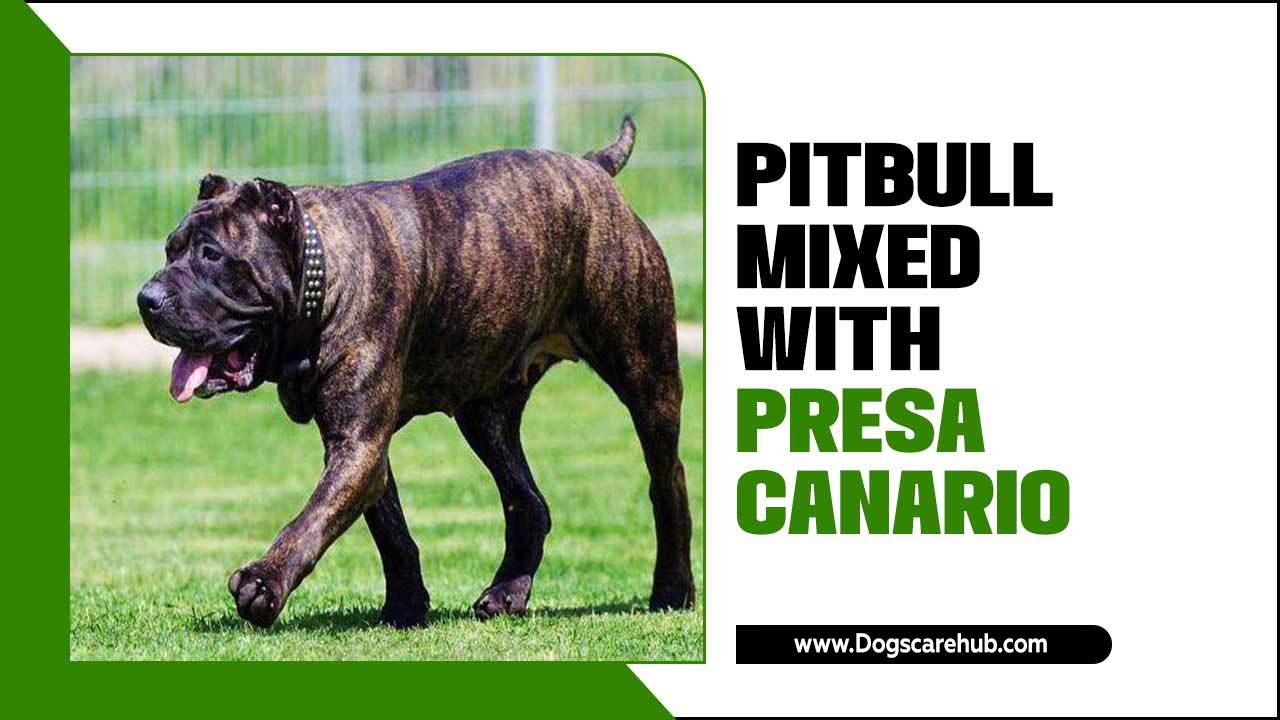Aggressive dog behavior guide: Understanding and managing your canine companion’s strong reactions is crucial for a harmonious life together. While many associate dogs with playful energy and loving companionship, some exhibit behaviors that can be concerning, even frightening, to owners and those around them. These displays, often rooted in fear, frustration, territoriality, or past trauma, are not inherently “bad” in dogs; rather, they are communication signals that we, as responsible pet parents, must learn to decipher and address. This comprehensive guide aims to equip you with the knowledge and tools necessary to understand, manage, and ultimately mitigate aggressive tendencies in your dog, fostering a safer and more enjoyable environment for everyone.
Understanding the Roots of Aggressive Dog Behavior
Before diving into solutions, it’s vital to understand why a dog might exhibit aggression. It’s rarely a spontaneous act of malice, but rather a response to a perceived threat or situation. Common triggers include:
Fear and Anxiety: This is perhaps the most prevalent cause. Dogs who are fearful of strangers, specific objects, loud noises, or unfamiliar environments may resort to aggression to create distance and protect themselves. This can be a learned behavior stemming from negative past experiences or a result of insufficient socialization during their critical developmental periods.
Territoriality: Dogs are naturally protective of their space, including their home, yard, or even their owner. They may display aggression towards anyone or anything they perceive as intruding on their territory, whether it’s a mail carrier, a visitor, or another animal.
Resource Guarding: This involves a dog protecting valuable items such as food, toys, a favorite resting spot, or even their owner. The aggression manifests as growling, snarling, or biting when someone approaches their prized possession.
Pain or Medical Conditions: Underlying health issues, especially those causing chronic pain or discomfort, can make a dog irritable and more prone to aggression. A sudden onset of aggressive behavior warrants a veterinary check-up to rule out any medical causes.
Frustration: When a dog is unable to achieve a desired outcome, such as reaching another dog through a fence or getting a toy, frustration can build and erupt into aggressive displays.
Predatory Drive: While less common as a form of “aggression” in the typical sense, some breeds have a strong prey drive that can lead to lunging or chasing at small animals or even children. This is instinctive behavior, not necessarily malicious.
Learned Behavior: Unfortunately, some dogs may have learned that aggression gets them what they want, perhaps due to previous positive reinforcement (even unintentional) of such behavior or because they haven’t been taught appropriate coping mechanisms.
Recognizing the Signs of Escalating Aggression
Aggression is not a switch that flips on instantly. It’s often a progression of warning signals that, if heeded, can prevent a full-blown aggressive episode. Learning to read your dog’s body language is paramount. Look for:
Subtle Signs: A stiffening of the body, direct eye contact (staring), lip licking, yawning when not tired,whale eye (showing the whites of the eyes), tucked tail, ears pulled back or flattened against the head.
Moderate Signs: Growling, snarling, showing teeth, lunging, barking intensely, hackles raised.
Severe Signs: Biting, snapping, lunging with intent to harm.
It is crucial to understand that a growl is a warning. Punishing a dog for growling is incredibly counterproductive; it suppresses the warning, not the underlying cause, potentially leading to a bite without prior indication.
Implementing Strategies from Your Aggressive Dog Behavior Guide
Once you understand the potential causes and can recognize the warning signs, you can begin to implement strategies to manage and modify aggressive behavior. This is where your proactive approach as a pet owner truly makes a difference.
1. Seek Professional Help:
This is arguably the most important step in your aggressive dog behavior guide. Attempting to manage severe aggression on your own can be dangerous and ineffective. Consult with:
Veterinary Behaviorist: A veterinarian with specialized training in animal behavior. They can diagnose underlying medical or behavioral issues and prescribe medication if necessary.
Certified Applied Animal Behaviorist (CAAB) or Certified Professional Dog Trainer (CPDT-KA/KSA) focusing on behavior modification: Look for professionals who use positive reinforcement and force-free methods. They can assess your dog’s specific situation and develop a tailored behavior modification plan.
2. Management is Key:
While behavior modification is underway, effective management prevents incidents and protects everyone involved. This includes:
Muzzling: A basket muzzle, when properly introduced and fitted, can be a humane tool to prevent biting while you work on behavior modification. It does not inhibit panting or drinking.
Leash Control: Keep your dog on a leash in situations where aggression is likely. Consider a head halter or a front-clip harness for better control.
Environmental Control: Avoid triggers. If your dog is territorial, ensure he cannot see or access areas that provoke him when visitors are present. Crate training or confining him to a safe room with chew toys during high-risk times can be beneficial.
Supervision: Never leave a dog with known aggressive tendencies unsupervised around children, other animals, or vulnerable individuals.
3. Behavior Modification Techniques:
Under the guidance of a professional, you might employ techniques such as:
Desensitization and Counter-Conditioning (DSCC): This involves gradually exposing your dog to their trigger at a very low intensity where they don’t react aggressively, and pairing it with something positive, like high-value treats or praise. The goal is to change their emotional response from negative to positive. For example, if your dog is fearful of strangers, showing a stranger at a distance where your dog is calm and giving him treats can help.
Positive Reinforcement: Rewarding calm and non-aggressive behavior is crucial. When your dog successfully navigates a potentially triggering situation without aggression, lavish him with praise and treats.
* Teaching Impulse Control: Games like “wait” or “leave it” can help your dog learn to manage their impulses and focus on you.
4. Socialization (with caution):
For dogs whose aggression stems from fear or lack of socialization, carefully controlled positive interactions can be beneficial. This must be done extremely cautiously and under professional supervision to avoid reinforcing negative associations. The focus is on quality over quantity, ensuring each interaction is a positive one.
5. Owner Education and Self-Care:
Managing an aggressive dog can be emotionally taxing. Educate yourself thoroughly and ensure you are following your professional’s advice precisely. Prioritize your own safety and well-being. Know your dog’s limits and yours.
The Importance of Patience and Consistency
Transforming aggressive dog behavior is rarely a quick fix. It requires immense patience, unwavering consistency, and a deep commitment to understanding your dog’s needs and motivations. Celebrate small victories, and don’t get discouraged by setbacks. With the right approach, professional guidance, and a lot of love, you can help your dog overcome their aggressive tendencies and build a stronger, more trusting bond. This aggressive dog behavior guide is a starting point; the journey to a calmer, happier dog is one of continuous learning and dedicated effort.
Meet Elyse Colburn, the devoted canine companion and storyteller behind the enchanting world of “Tales, Tails, and Adventures Unleashed.” A passionate dog enthusiast with a heart full of paw prints, Elyse Colburn shares heartwarming tales and insightful adventures, celebrating the joy, loyalty, and endless antics that make every dog a true hero. Join Elyse Colburn on this tail-wagging journey, where every post is a love letter to our four-legged friends.



